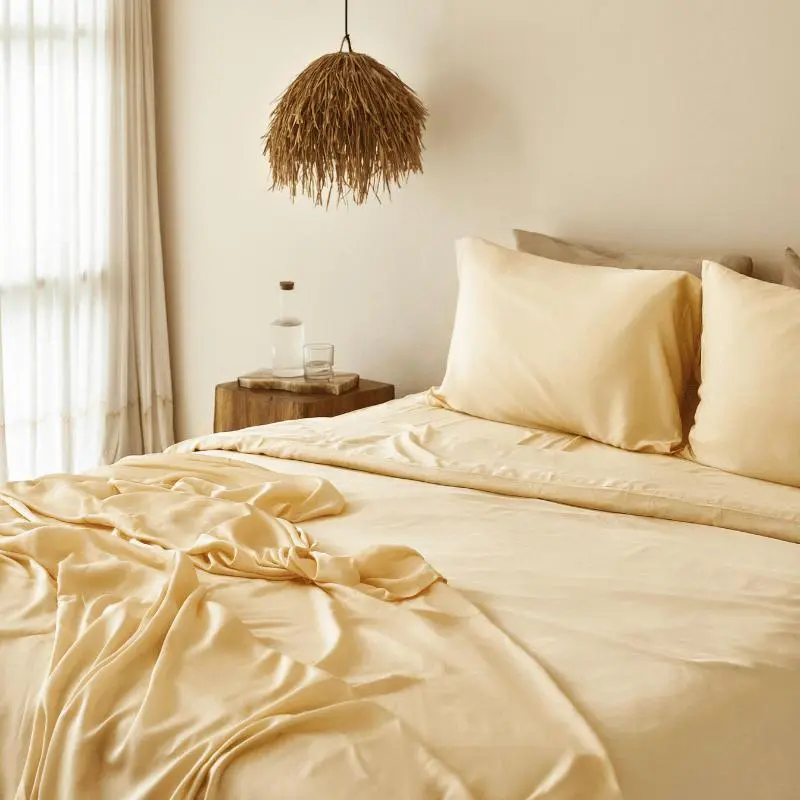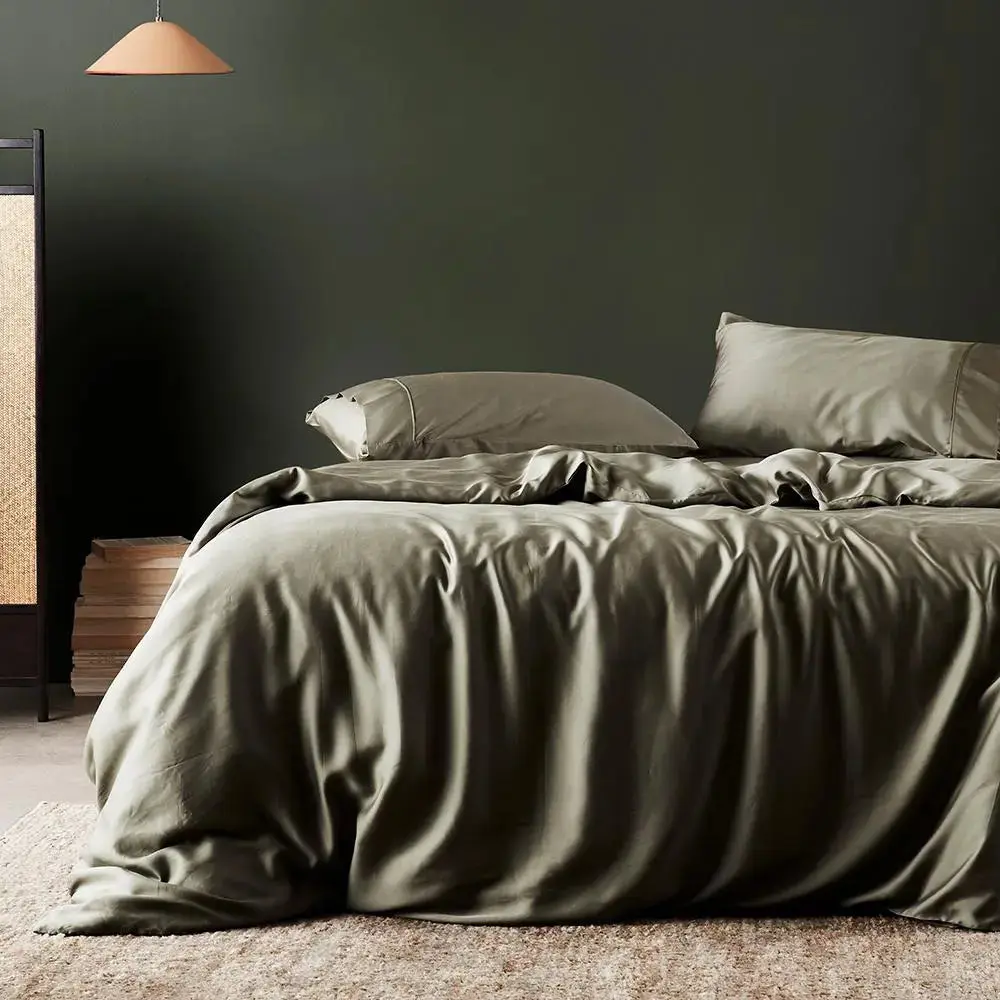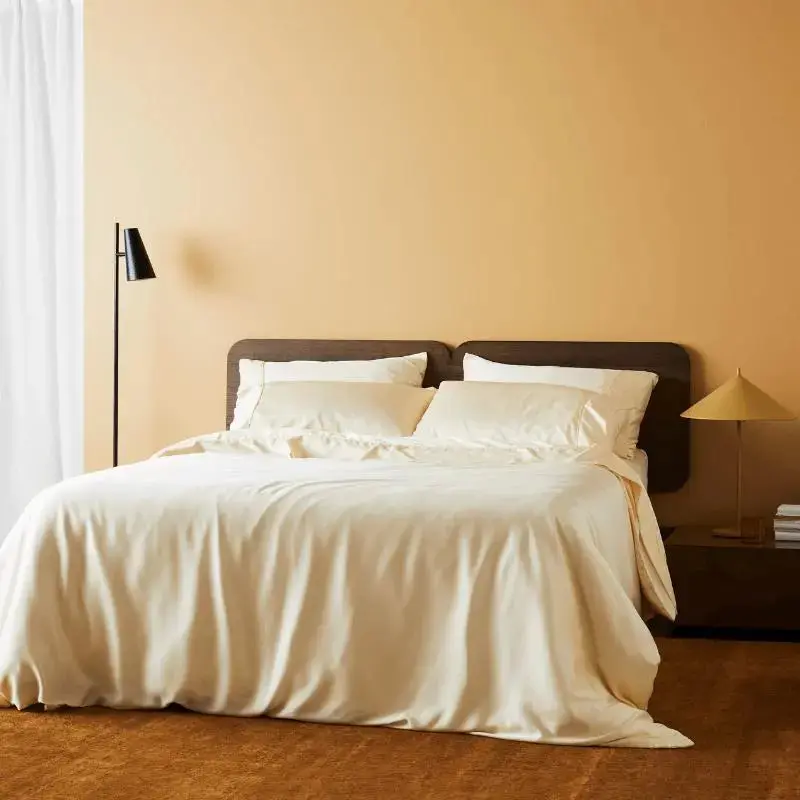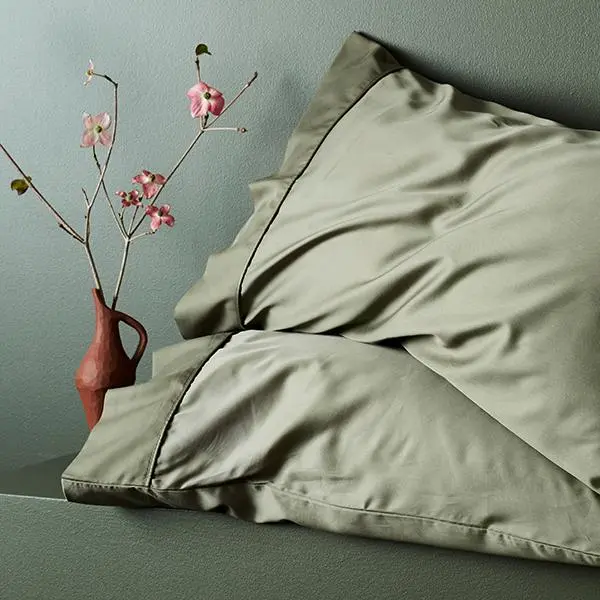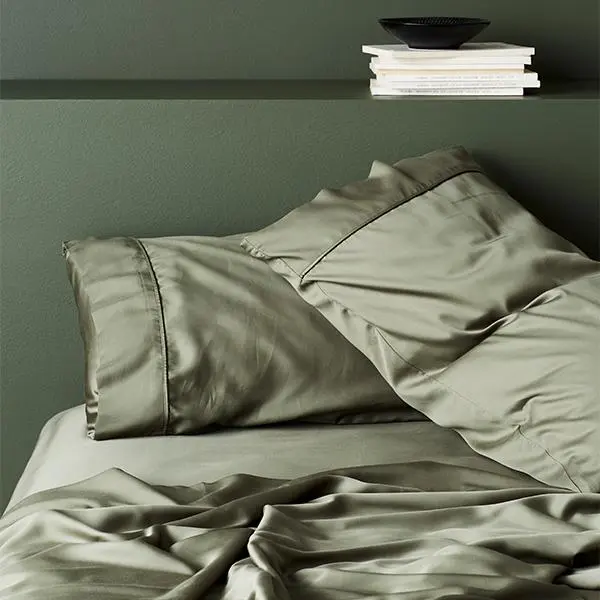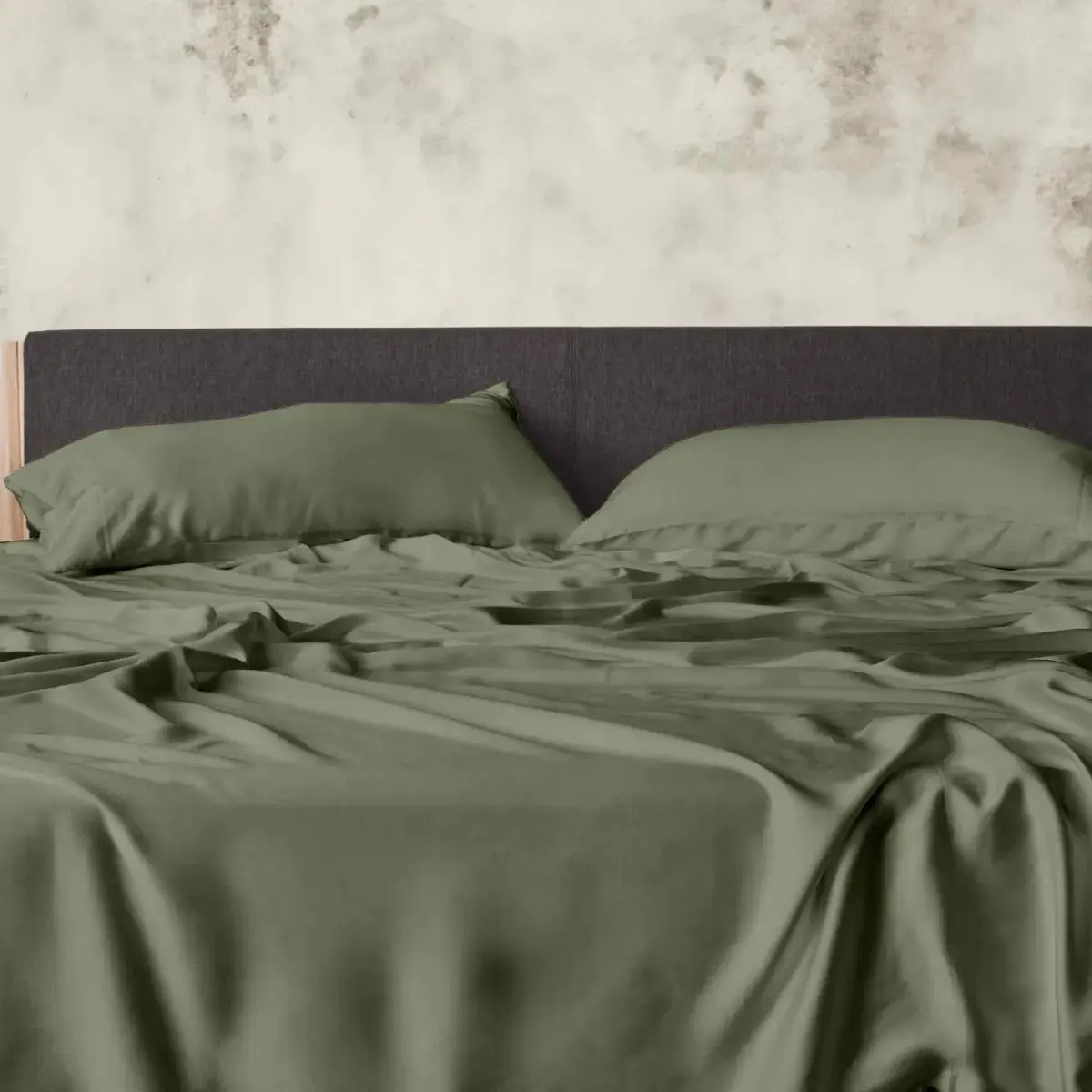As someone deeply passionate about home décor and comfort, I find that the bedroom is one of the most crucial spaces in any home. It is a sanctuary for rest and rejuvenation, and its setup—including the bedding—plays a pivotal role in influencing our sleep quality and overall bedroom experience. Bedding essentials range from bed sheets to comforters, blankets, pillows, and duvet covers. Each piece contributes to our sleeping area's comfort, warmth, and aesthetic appeal. Over the years, I have developed a keen interest in how these various elements combine to create the perfect sleep environment. In this article, I will demystify the role of one such element: the duvet cover. Specifically, I’ll explore whether a duvet cover can stand alone in its function and the implications of such use.
What is a Duvet Cover?
Before we delve into the heart of the topic, it is essential to understand what a duvet cover is. A duvet cover is a protective layer that slips over the duvet, much like a pillowcase does for a pillow. It's designed to safeguard the duvet from dirt, spills, and wear while allowing easy cleaning and maintenance. Duvet covers come in various fabrics, from cotton and linen to silk and synthetic blends, each offering its own set of benefits and tactile experiences.
As a long-time bedding enthusiast, I've always appreciated the versatility of duvet covers. They allow for quick style changes in your bedroom without investing in multiple duvets. This flexibility benefits those who enjoy refreshing their bedroom's look with the seasons or simply on a whim. Moreover, the duvet cover is an essential component of the bedding ensemble, often dictating the bedroom's color scheme and overall mood.
Can You Use a Duvet Cover by Itself?
Now, to address the question, can you use a duvet cover by itself? The straightforward answer is yes, you can. However, it's not the most common practice. A duvet cover is typically designed to envelop a duvet, but nothing stops you from using the cover alone as a light blanket. This might be particularly appealing during warmer months or in hotter climates where a full duvet would be too warm.
A duvet cover by itself can be likened to a top sheet or a light quilt. It provides a minimal layer that's easy to clean and manage. For those who dislike the weight of a duvet or comforter, the duvet cover alone can offer a satisfying solution. Additionally, it can serve as a decorative bedspread, maintaining the aesthetic without the bulk.
There are a few things to consider if you're thinking about going this route. The feel and insulation of the duvet cover by itself will depend heavily on the material it's made from. A thick, flannel duvet cover might offer substantial warmth, whereas a breezy cotton one might be perfect just to take the edge off a cool night.
Pros and Cons of Using a Duvet Cover Alone
Pros
There are several advantages when considering the use of a duvet cover without its duvet. For starters, it simplifies the bedding significantly. There's less to handle when making the bed, and it can be a boon for those who find stuffing a cover with a duvet cumbersome.
Additionally, a duvet cover alone can provide enough coverage for hot sleepers or those living in warmer climates without causing overheating. There’s also the ease of laundering—a duvet cover is generally smaller and less bulky than a duvet, making it easier to wash and dry.
Cons
On the flip side, there are downsides to using a duvet cover alone. Primarily, it will not provide the same warmth as it would with a duvet inside. This could be a problem in colder climates or individuals who tend to get chilly at night.
Another potential drawback is that a duvet cover used alone may not stay in place as well as when it's filled. It can shift and slide off the bed more easily, which might be frustrating for restless sleepers. And while a duvet cover alone may be visually appealing, it won't offer the plush, inviting look that a filled duvet does.
Alternatives to Using a Duvet Cover by Itself
There are alternatives for those who find that a duvet cover alone doesn't meet their needs. Lightweight quilts or coverlets can serve as a substitute, providing a similar level of coverage without the bulk of a duvet. These options often come in various patterns and designs, allowing for personal expression in the bedroom.
Another alternative is a comforter, similar to a duvet, but typically has a built-in filling. This means there's no need for a cover, and it can be used as is. Comforters are available in a wide range of weights, making it easy to find one that suits any temperature preference.
Lastly, for those who still love the idea of a duvet but want less warmth, consider purchasing a lighter-weight duvet insert. These often come in down alternative materials that breathe better and provide a cooler sleep experience. This way, you can enjoy the look and feel of a traditional duvet without the excessive heat.
Tips for Selecting the Right Duvet Cover
Selecting the right duvet cover is crucial whether you plan to use it with a duvet or by itself. The first consideration should always be the material. Natural fibers like cotton and linen are breathable and generally suitable for hot sleepers, whereas materials like flannel or polyester blends might offer more warmth.
Size is another crucial factor. Make sure to choose a duvet cover that fits your bed correctly. A cover that's too large can look sloppy and may not stay in place, while one that's too small can stretch and tear more easily.
Lastly, consider the closure system of the duvet cover. Options include buttons, zippers, and ties, each with its own set of pros and cons. Think about which system you find easiest to use, as this will influence the overall convenience of your bedding.
How to Care for Your Duvet Cover
Caring for your duvet cover is straightforward, but it's essential to do it right to extend its life and maintain its look. Always read the care label before laundering, as different materials have different requirements. Generally, most duvet covers should be washed in cold water on a gentle cycle and either air-dried or tumble-dried on low heat.
Avoid using bleach or harsh detergents, which can break down the fibers and cause fading. Ironing is typically unnecessary, but if you prefer a crisp look, iron on a warm setting while the cover is still slightly damp.
Remember that regular laundering is even more critical if you're using your duvet cover alone since it will come into direct contact with your skin.
The Role of Duvet Covers in Bedroom Aesthetics
Duvet covers play a significant role in defining the bedroom's aesthetics. They are often the most visible part of the bedding and can set the tone for the room's design. Whether you prefer bold patterns, vibrant colors, or neutral tones, the duvet cover can be the centerpiece that ties everything together.
Changing a duvet cover is one of the simplest and most effective ways to refresh a bedroom's look. It's an opportunity to experiment with new trends or introduce seasonal touches without a significant overhaul. The cover's texture also contributes to the room's ambiance, with options ranging from smooth sateen to cozy knits.
Conclusion
Using a duvet cover alone is entirely possible and can be practical in certain circumstances. It offers simplicity ease of care, and can be a cooler alternative during warmer months. However, it won't replace the warmth and weight of a duvet, and it may also not stay in place. If you decide that a duvet cover alone isn't for you, many alternatives exist, from lightweight quilts to comforters.
As you select the right duvet cover for your needs, pay attention to material, size, and closure type. Once you've made your choice, proper care will ensure that your duvet cover remains a beautiful and comfortable part of your bedding for years to come.
Remember, the bedroom is a personal retreat, and the bedding you choose plays a significant role in creating that haven. Whether you decide to use a duvet cover by itself or with a duvet, ensure it reflects your style and meets your comfort needs. Happy decorating, and may you enjoy many nights of restful sleep in your beautifully appointed sanctuary.
